Planning a bathroom renovation or installing a new vanity?
Understanding the standard plumbing space for a bathroom vanity with a sink is crucial.
This knowledge impacts both the design and functionality of your bathroom. It helps ensure that your vanity fits perfectly and operates efficiently.
In this guide, we'll delve into the typical measurements for plumbing space in a bathroom vanity. We'll also discuss the role of building codes and regulations in determining these requirements.
Moreover, we'll explore the aesthetic and practical benefits of wood bathroom vanities with tops. We'll highlight some offerings from the Wellfor store, a popular choice for bathroom vanities with wood tops.
Whether you're a homeowner, a DIY enthusiast, or a professional, this guide will provide you with comprehensive information to help you plan and install your bathroom vanity effectively.
Understanding Standard Plumbing Space Requirements
The standard plumbing space for a bathroom vanity is not arbitrary.
It's a carefully calculated measurement that ensures the smooth operation of your bathroom fixtures. It also impacts the overall design and aesthetics of your bathroom.
Here are some key reasons why understanding standard plumbing space requirements is essential:
-
It ensures that your vanity fits perfectly in your bathroom.
-
It allows for efficient operation of your sink and faucet.
-
It helps avoid costly mistakes during installation.
-
It ensures compliance with building codes and regulations.
-
It helps maintain the resale value of your home.
Why Standard Plumbing Space Matters
The standard plumbing space for a bathroom vanity affects both its functionality and aesthetics.
A vanity that doesn't fit the plumbing space can lead to operational issues. For instance, the doors or drawers may not open properly.
Moreover, a vanity that's too large or small for the plumbing space can disrupt the visual harmony of your bathroom. It can make the space look cramped or sparse.
The Role of Building Codes and Regulations
Building codes and regulations play a significant role in determining the standard plumbing space for a bathroom vanity.
These codes ensure that the plumbing installations are safe and efficient. They specify the minimum and maximum measurements for plumbing space.
Non-compliance with these codes can lead to penalties. It can also affect the resale value of your home. Therefore, it's crucial to understand and adhere to these regulations when installing a bathroom vanity.
Measuring Your Plumbing Space
Before you start shopping for a bathroom vanity, it's crucial to measure your plumbing space accurately.
This will help you choose a vanity that fits perfectly and operates efficiently. Here are some steps to measure your plumbing space:
-
Measure the width, depth, and height of the space.
-
Note the location of the plumbing lines.
-
Measure the distance from the walls to the plumbing lines.
-
Note the location and size of any obstacles like windows or doors.
Tools and Techniques for Accurate Measurement
Accurate measurement of your plumbing space requires the right tools and techniques.
A tape measure is the most basic tool you'll need. It's also helpful to have a level to ensure your measurements are straight.
When measuring, always double-check your measurements. It's better to measure twice and cut once. Also, remember to account for any obstacles in your bathroom.
Tips for Ensuring Adequate Plumbing Space
Ensuring adequate plumbing space for your bathroom vanity is crucial for its efficient operation.
Firstly, always leave some extra space for the plumbing lines. This will make installation easier and allow for future adjustments.
Secondly, consider the size and placement of your sink and faucet. They should fit comfortably within the vanity without obstructing the plumbing lines. Lastly, remember to consider the height of your vanity. It should be comfortable for the users and align well with the existing plumbing lines.
Selecting the Right Bathroom Vanity

Once you've measured your plumbing space, the next step is to select the right bathroom vanity.
Consider the following factors when making your selection:
-
Size: The vanity should fit comfortably within your measured plumbing space.
-
Style: Choose a vanity that complements your bathroom's decor.
-
Material: Consider the durability and maintenance requirements of different materials.
-
Storage: Ensure the vanity provides adequate storage for your needs.
Wood Bathroom Vanities with Tops: Aesthetic and Practical Benefits
Wood bathroom vanities with tops offer both aesthetic and practical benefits.
The natural beauty of wood adds warmth and character to any bathroom. It's also a versatile material that can complement a variety of styles, from rustic to modern.
On the practical side, wood is a durable material that can withstand the humid environment of a bathroom. With proper care and maintenance, a wood bathroom vanity can last for many years.
Wellfor Store's Offerings: Bathroom Vanity with Wood Top
If you're considering a bathroom vanity with wood top, the Wellfor store offers a variety of options.
Their vanities are crafted from high-quality wood and come in a range of styles and finishes. Whether you prefer a sleek, modern look or a more traditional style, you're sure to find a vanity that suits your taste and fits your plumbing space.
Installation and Customization
After selecting the perfect vanity, the next step is installation.
Here are a few things to keep in mind:
-
Ensure the vanity is level and securely attached to the wall.
-
Connect the plumbing correctly to prevent leaks.
-
Seal around the vanity to prevent water damage.
Professional Installation vs. DIY Projects
While some homeowners may feel comfortable installing a vanity themselves, others may prefer to hire a professional.
A professional can ensure the vanity is installed correctly and safely, and can handle any unexpected issues that may arise.
Customization Options for Unique Plumbing Configurations
If your plumbing configuration is unique, you may need to customize your vanity.
This could involve cutting holes in the vanity for the plumbing, adjusting the height of the vanity, or even building a custom vanity to fit your space. Always remember to measure twice and cut once to avoid any costly mistakes.
Maintenance and Upkeep of Your Bathroom Vanity
Once your vanity is installed, regular maintenance is key to its longevity.
Here are some tips:
-
Regularly clean the vanity with a mild cleaner to prevent buildup of soap scum and grime.
-
Check the plumbing connections periodically for leaks.
-
Repair any damage to the vanity promptly to prevent further deterioration.
Waterproofing and Sealing Wood Vanities
Wood vanities require special care to prevent water damage.
Applying a waterproof sealant can protect the wood from moisture and extend the life of your vanity.
Easy Access to Plumbing for Maintenance
When installing your vanity, consider how easy it will be to access the plumbing for maintenance.
If the plumbing is difficult to reach, it could make repairs more challenging and time-consuming in the future.
Conclusion: Maximizing Functionality and Style
In conclusion, understanding the standard plumbing space for a bathroom vanity is crucial for both functionality and style. By considering factors like building codes, measurements, and aesthetics, you can create a bathroom space that is not only beautiful but also practical and comfortable to use.

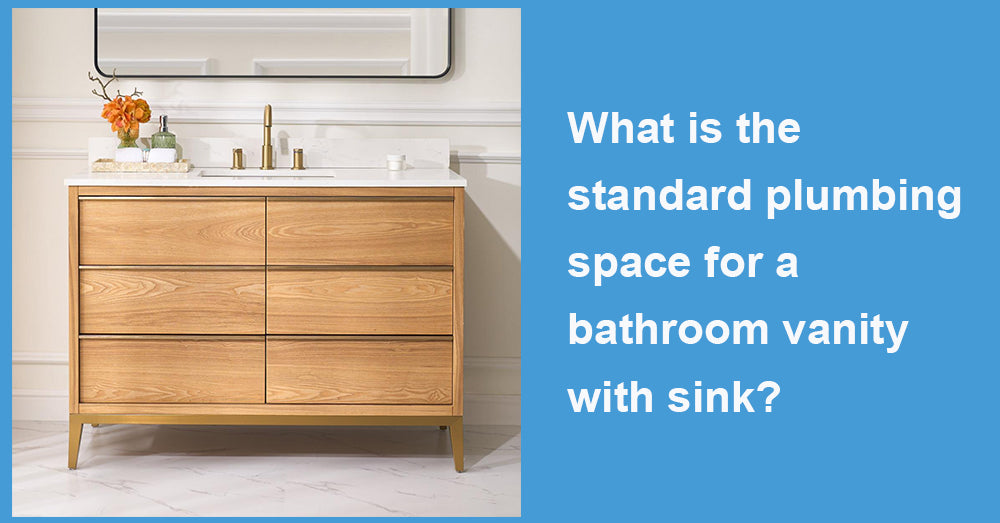
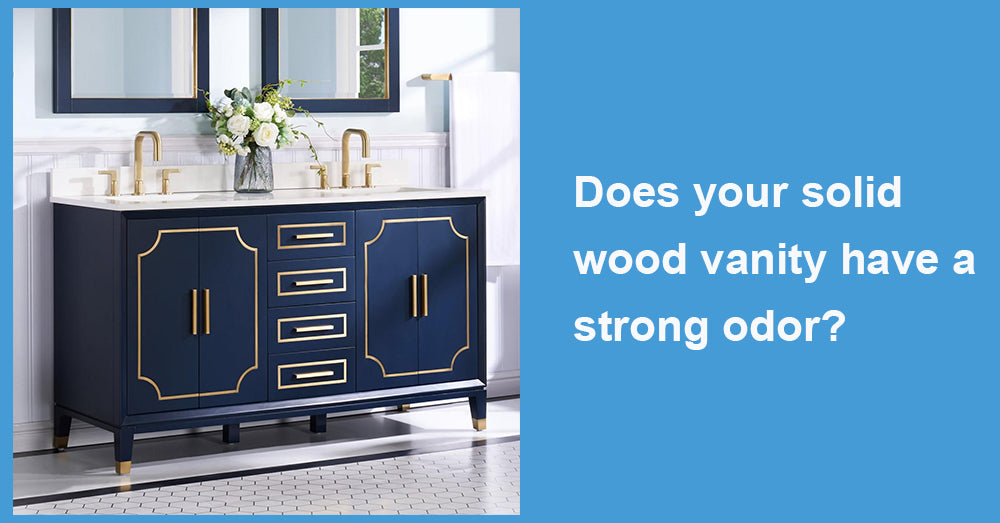

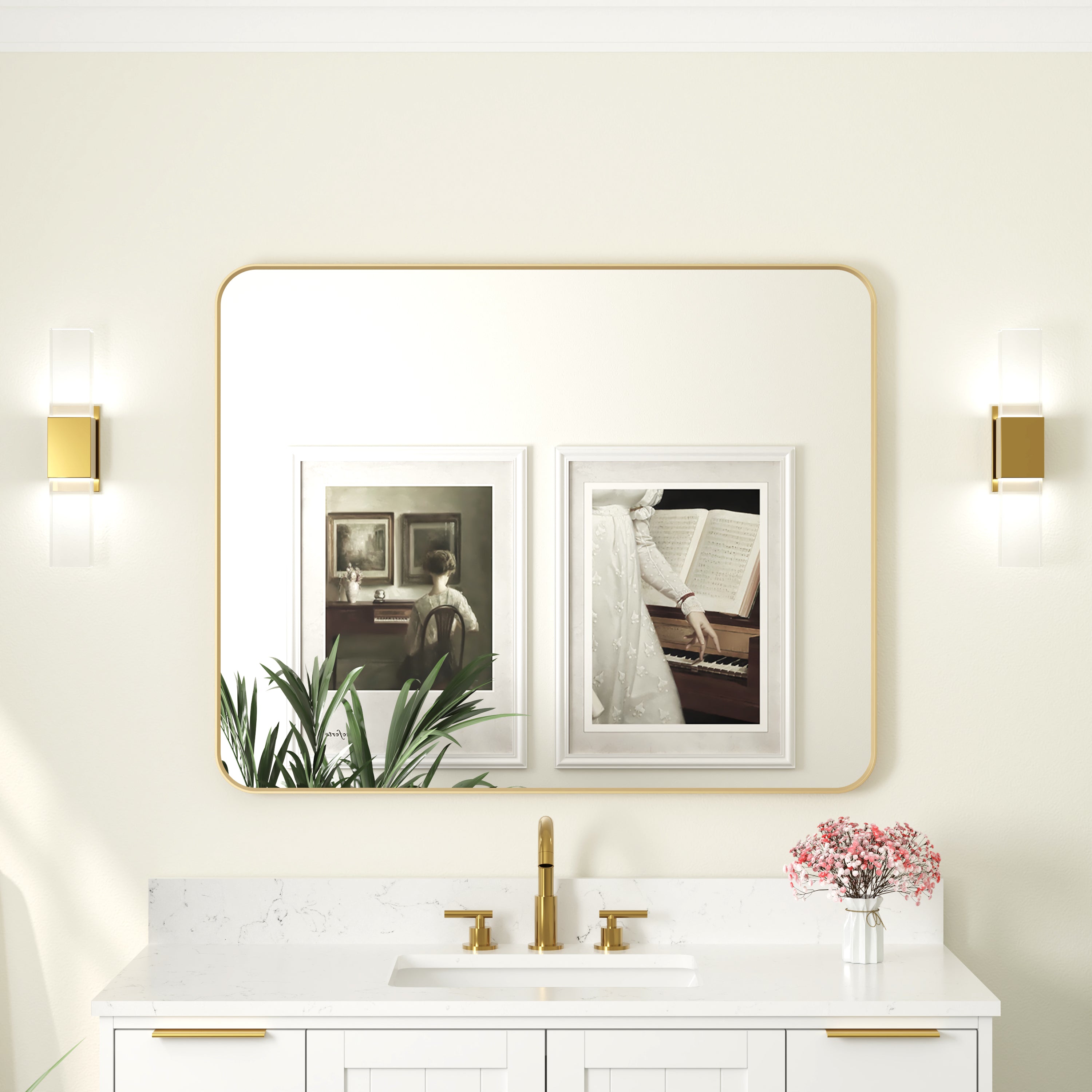

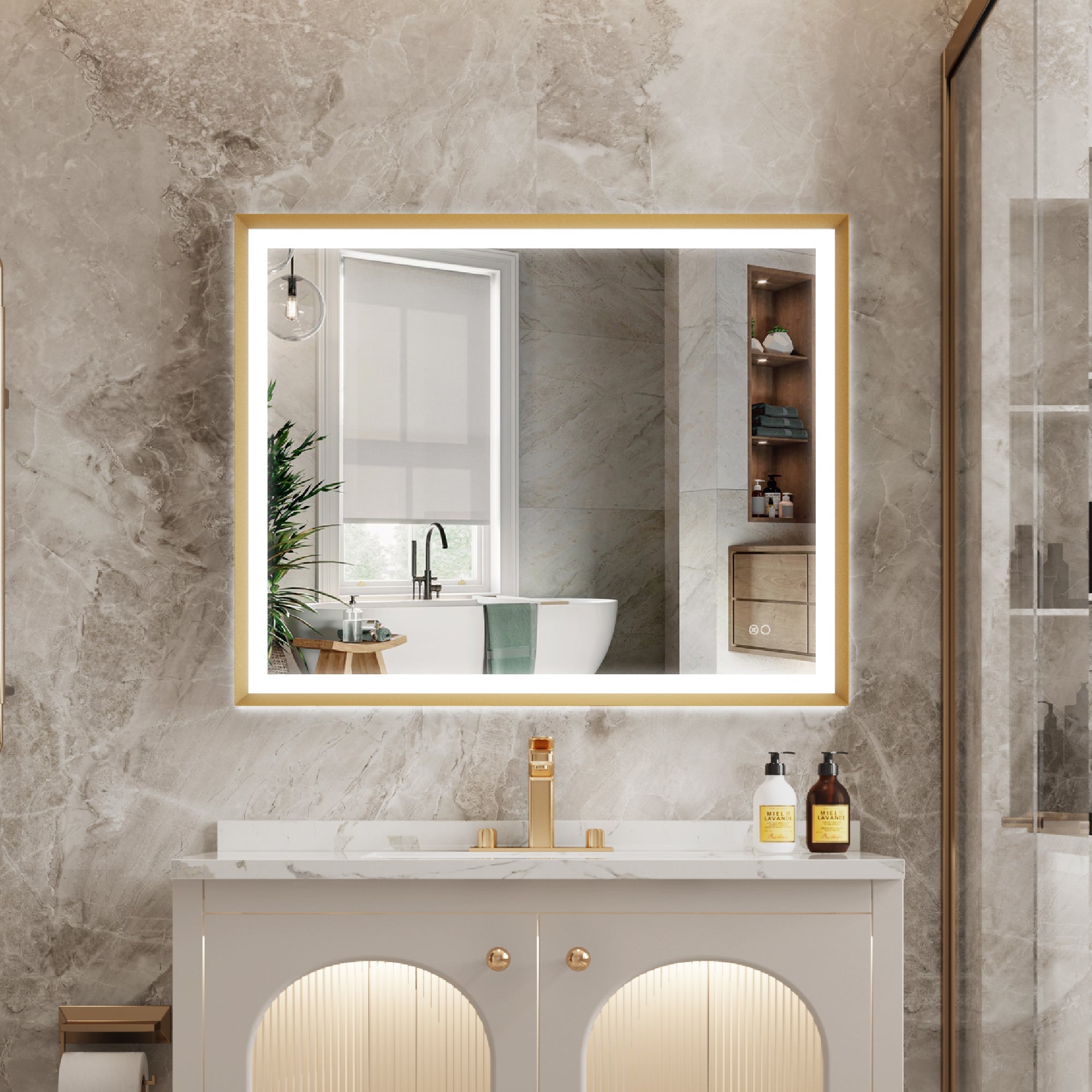



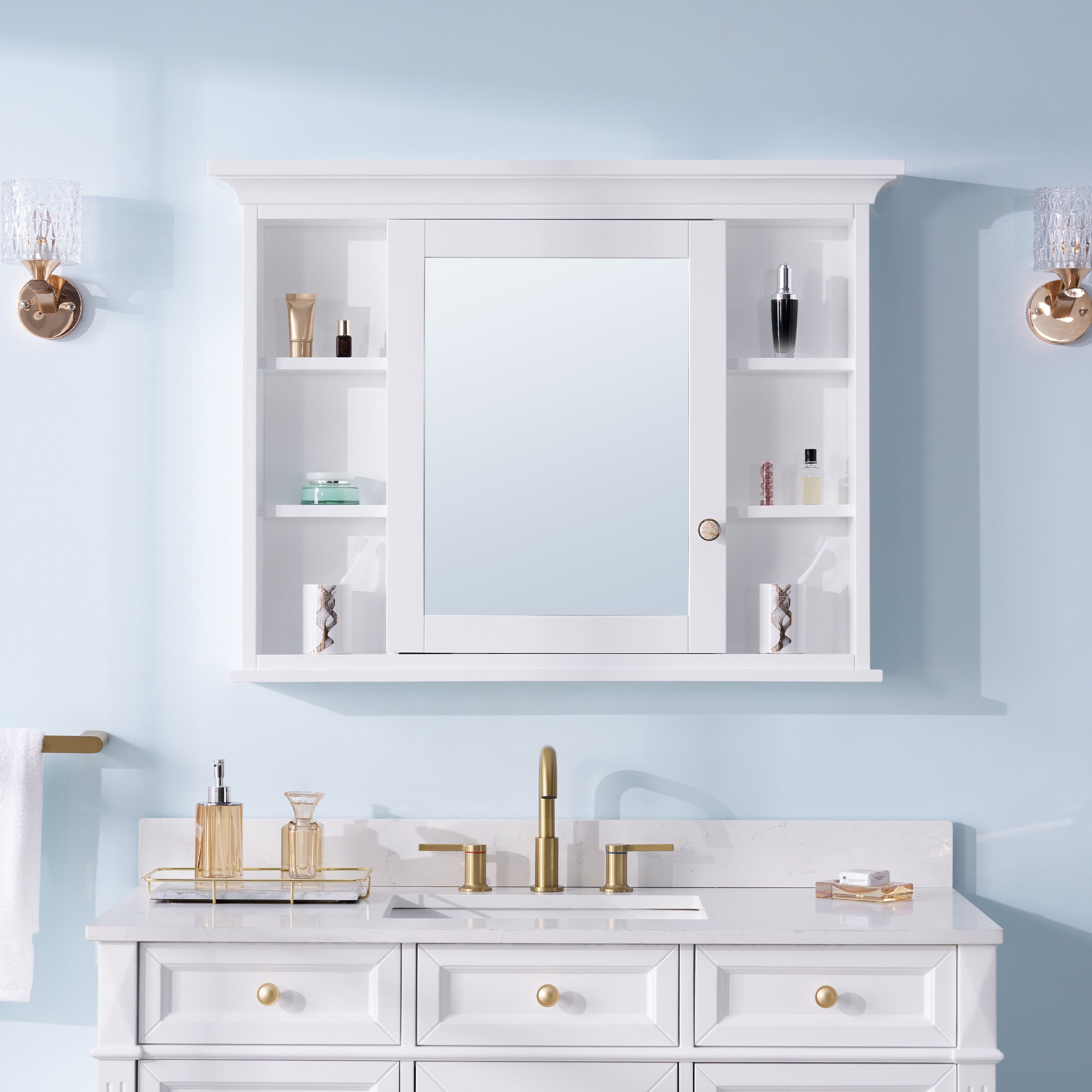

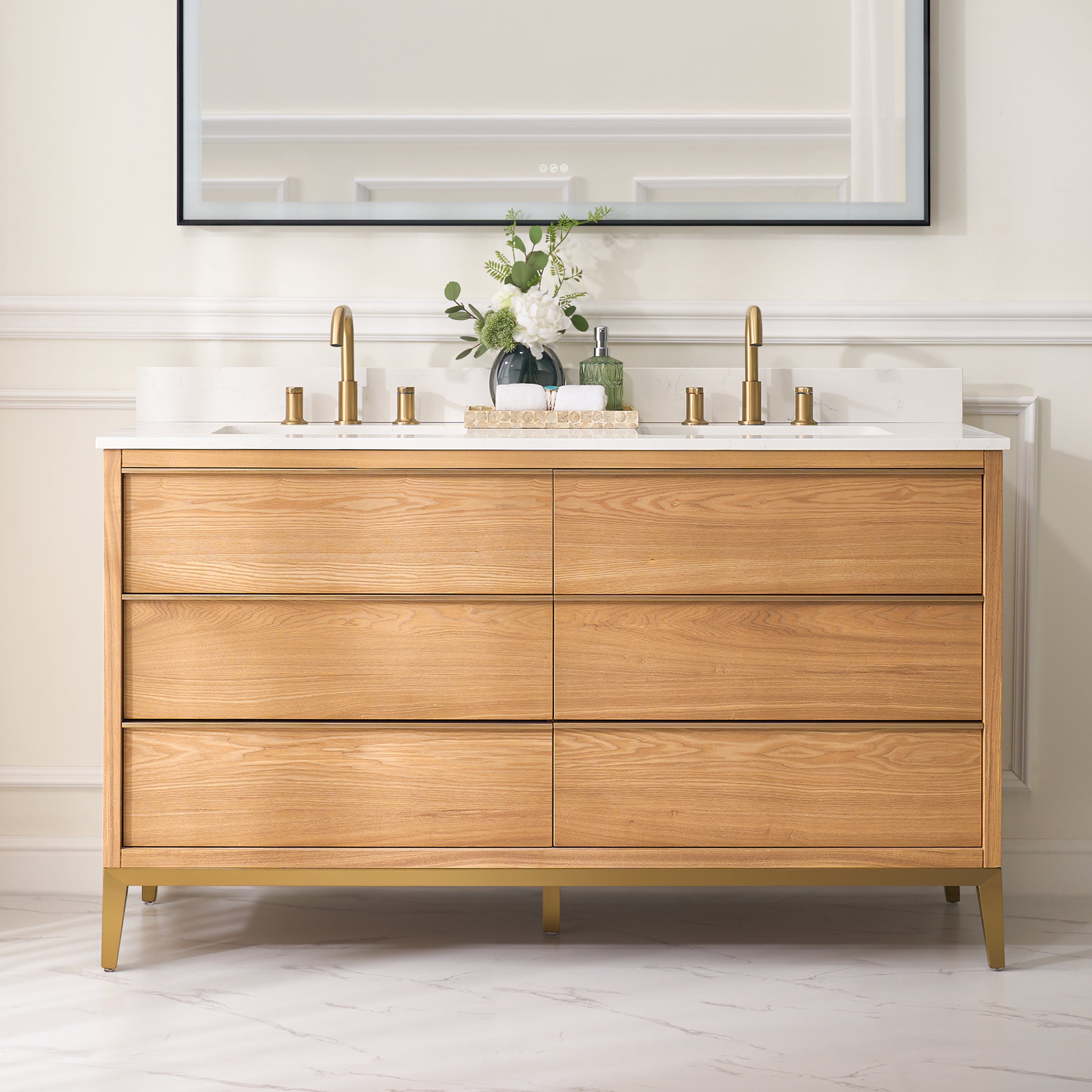
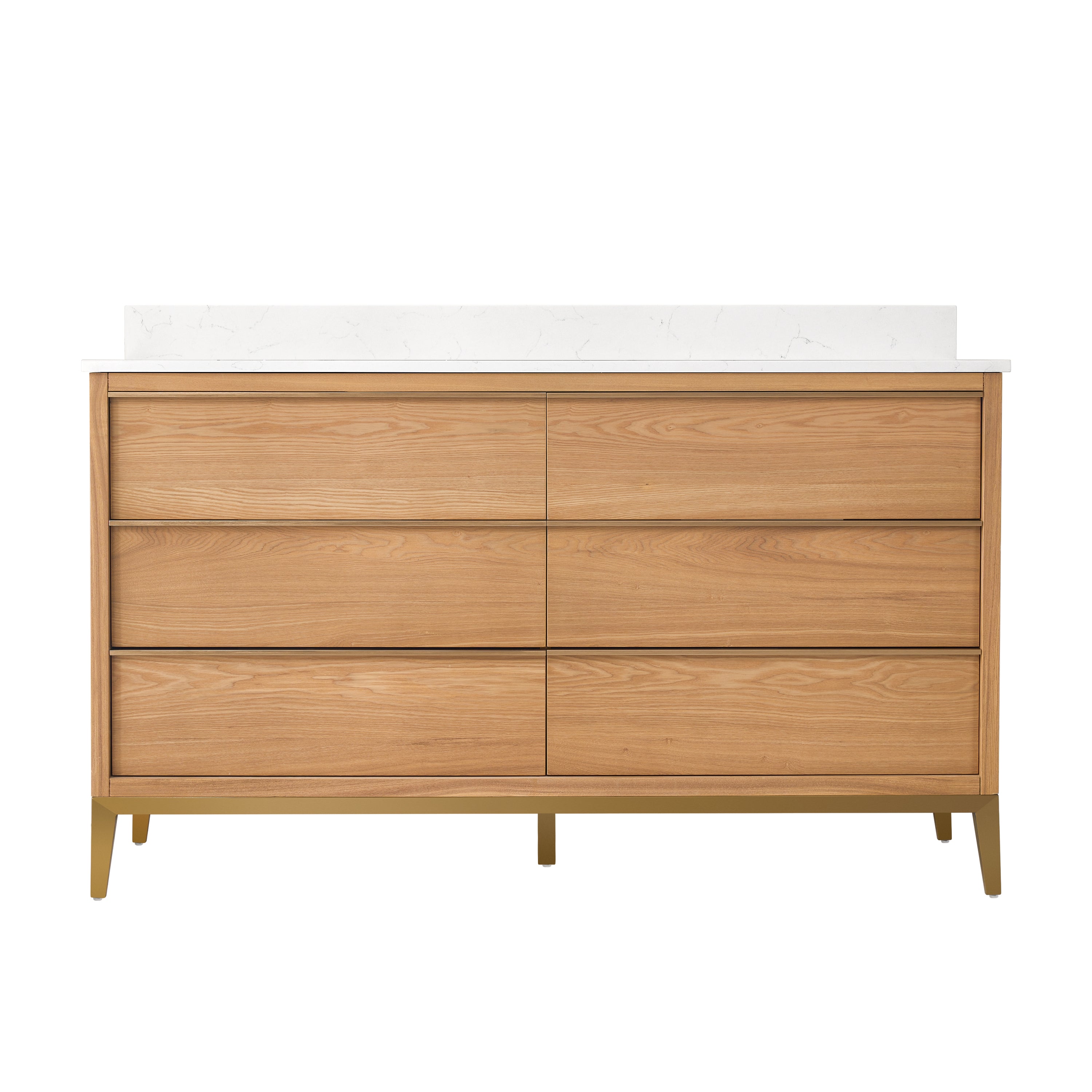


Leave a comment
This site is protected by hCaptcha and the hCaptcha Privacy Policy and Terms of Service apply.